Popular on Food52
14 Comments
Kiffer W.
February 16, 2018
these tips are great and nice! thanks for your tips! its very useful. I also want to write an article about baking tools. You can check my articles here; http://wrinkled.net/
Rachel
December 9, 2014
A tip I've learned (especially helpful if the dough is fragile and you are getting help from little hands) is to roll the dough out right on the silicon mat, let kids fit all the cookie cutters close together on the cookie sheet; let them sprinkle pinches of sugar on top of each cookie with the cutter still in place as the guide; then put the whole thing in the freezer for a few minutes; then it is easy to remove the extra dough and space the cookies out once the dough becomes stiff. Kids always want to help make cookies and this can be quite challenging unless you take friendly structural measures to make it a fun experience.
Rachel
December 9, 2014
"More: Even if you can't foster world peace, you can still make Pierre Hermé & Dorie Greenspan's World Peace Cookies."
Sad to read this written this way. I wish you hadn't said it that way. The world's children demand more! Every one can foster peace it is just that we may not be able to achieve peace on our own. How about taking a plate of peace cookies to someone or some place to foster peace? Or organizing a bake sale to benefit an organization working for peace? So many options, as many as good cookie recipes!!!
Sad to read this written this way. I wish you hadn't said it that way. The world's children demand more! Every one can foster peace it is just that we may not be able to achieve peace on our own. How about taking a plate of peace cookies to someone or some place to foster peace? Or organizing a bake sale to benefit an organization working for peace? So many options, as many as good cookie recipes!!!
AntoniaJames
December 9, 2014
Hear, hear! Everyone can do something. I support programs focused on economic justice through micro-development globally, including providing clean water, and support local programs for the hungry/malnourished here. Thank you, Rachel. ;o)
Annie S.
December 3, 2014
I totally agree with Antonia about refrigerating chocolate chip cookie dough. My cc cookies took a big step up after I inadvertently left them in the fridge for a couple of days!
AntoniaJames
December 3, 2014
I figured it out via the Christmas cookie route. I always have to squeeze my holiday baking around my busy work schedule (even more challenging in December due to year-end deals that are on compressed timetables), so invariably I make dough over the course of two or three evenings and refrigerate it for at least a few days before rolling and baking. Occasionally I'd bake a sheet or two on the same evening, I realized early on that the cookies rolled/shaped later tasted much better. I started making my other cookie doughs ahead and confirmed that it makes such a difference, especially in cookies with brown sugar in the dough. ;o)
Ellie B.
December 3, 2014
I'll take a beautiful cookie plate, thank you! :D And oh my goodness do I love gleaning knowledge for the kitchen! I'm kind of in awe of the first tip, although now that I think about it it really makes sense. I think I messed up with that a few times in the past, and thus, ended up with pillowy cookies. They were still delicious!
Droplet
December 3, 2014
Taste at least one cookie from every baking sheet coming out of the oven--quality control is important :)
Sabrina R.
December 3, 2014
Where can I get those letter shaped cookie cutters?
Lindsay-Jean H.
December 3, 2014
Right here! https://food52.com/provisions/products/560-alphabet-cookie-cutter-set
AntoniaJames
December 3, 2014
Refrigerate the dough for longer than the recommended time (including doughs where chilling isn't necessary), i.e., for 2 or 3 days, to let the flavors develop. ;o)
AntoniaJames
December 3, 2014
Yes! Especially chocolate chip! The dark brown sugar flavors in particular deepen, giving toffee notes to your cookies. So, so much better. ;o)
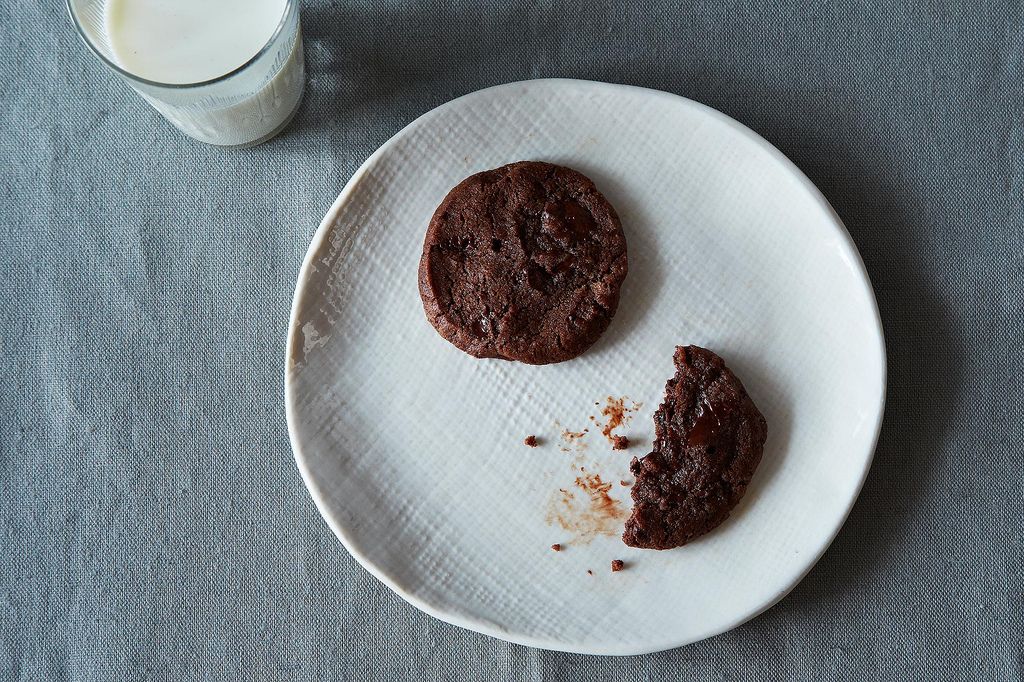
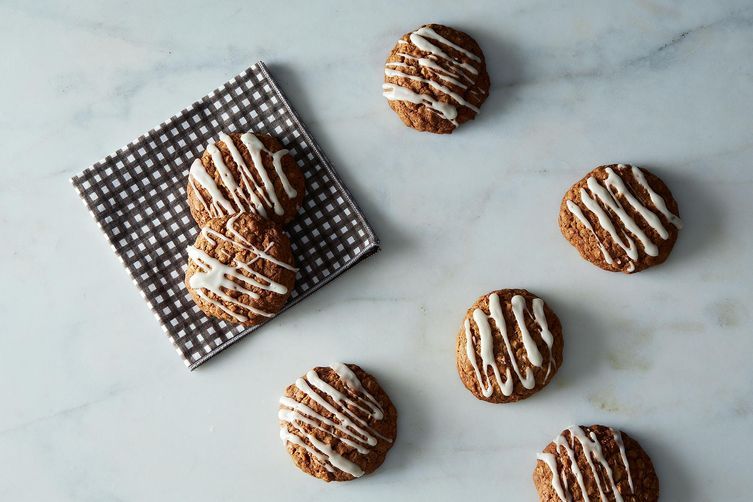
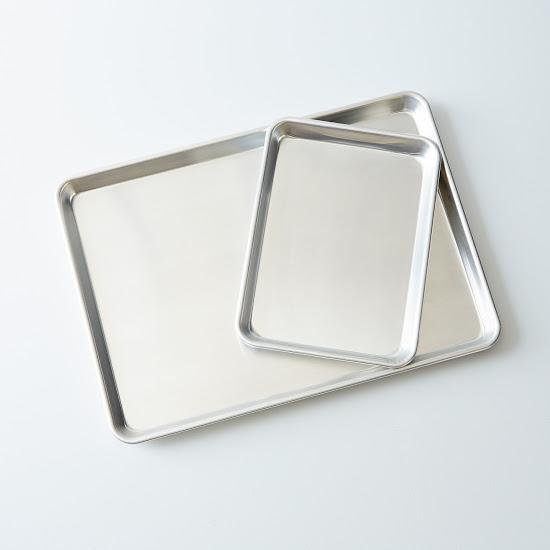
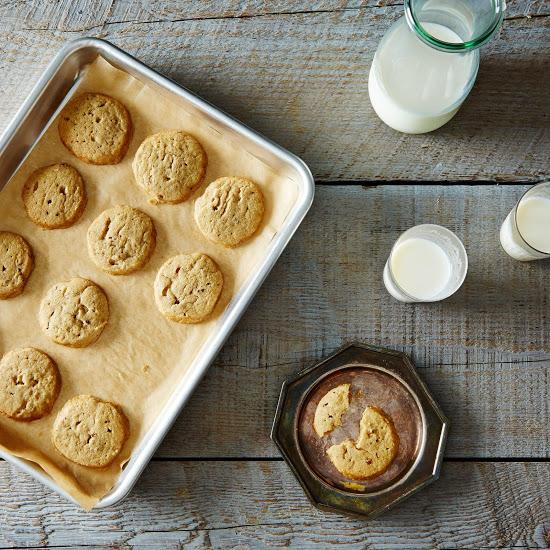
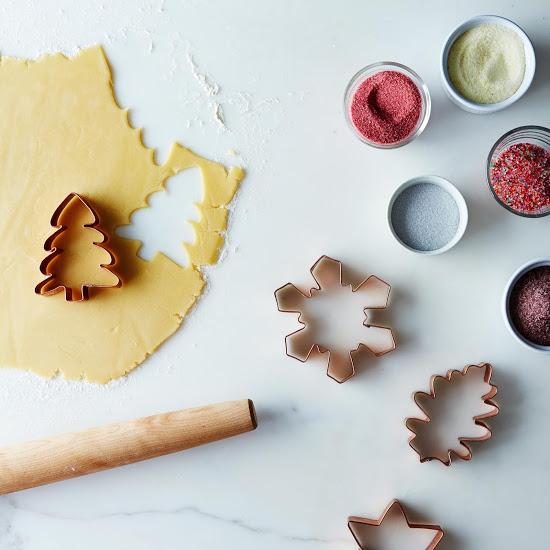

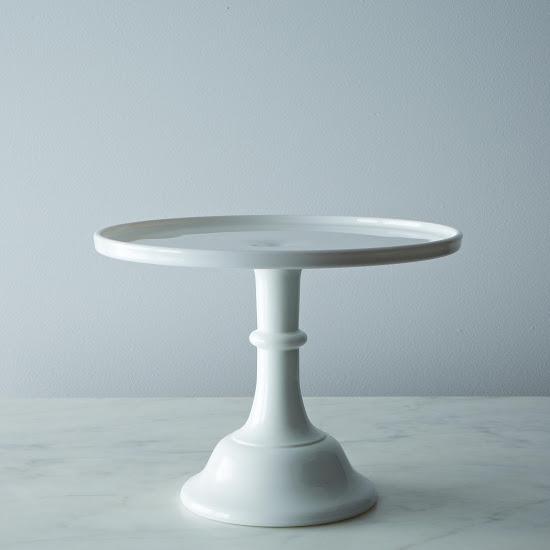
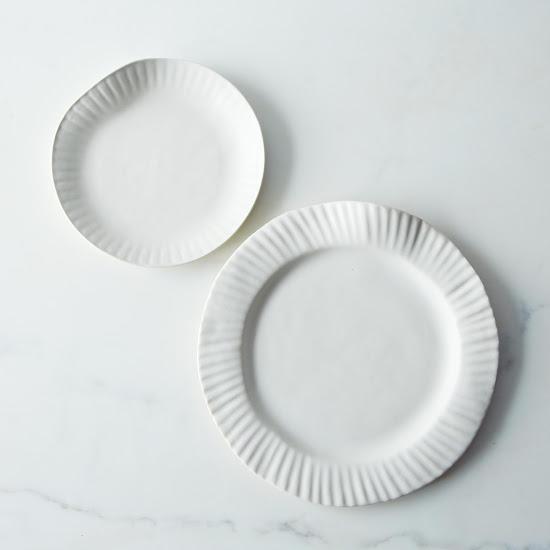

See what other Food52 readers are saying.